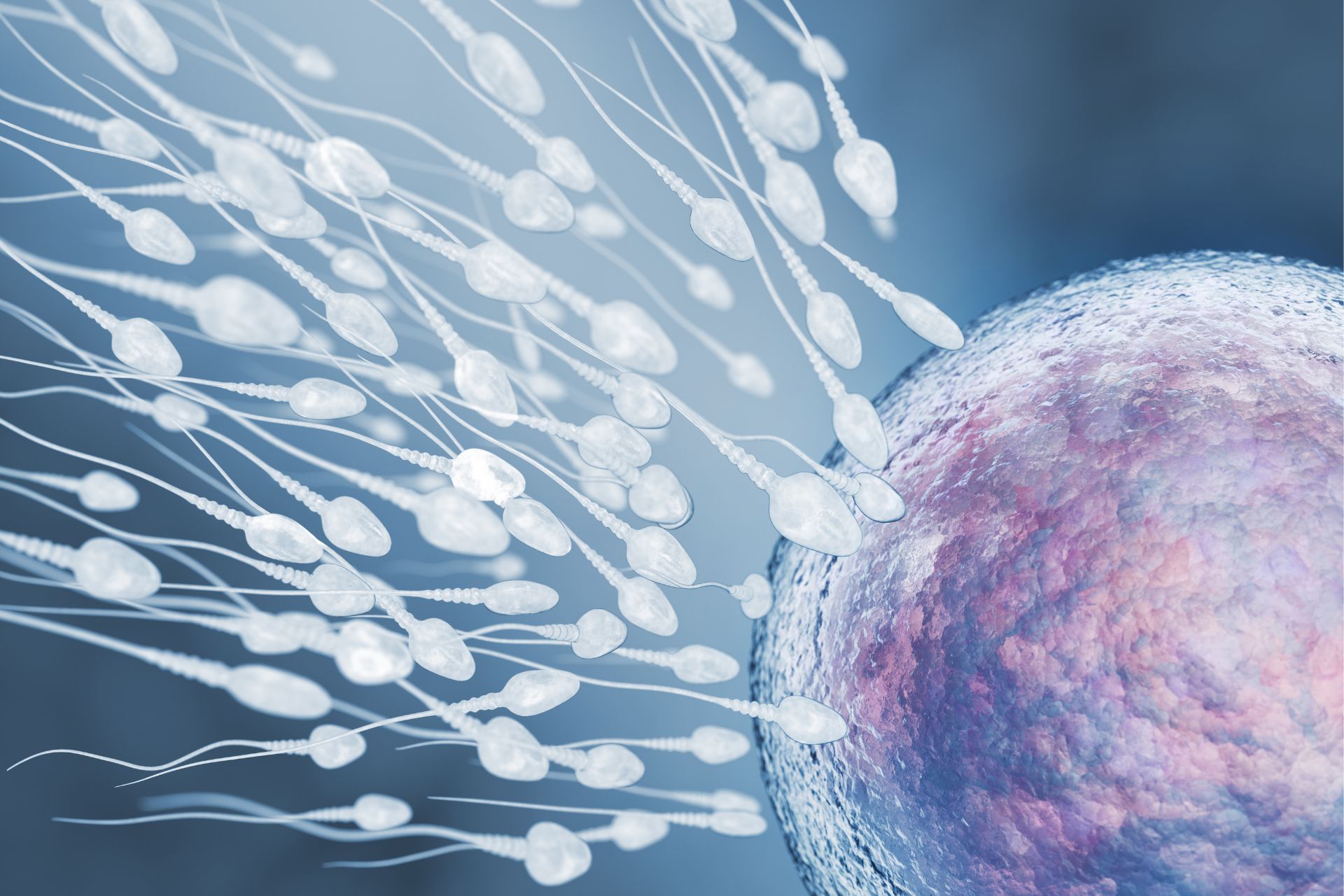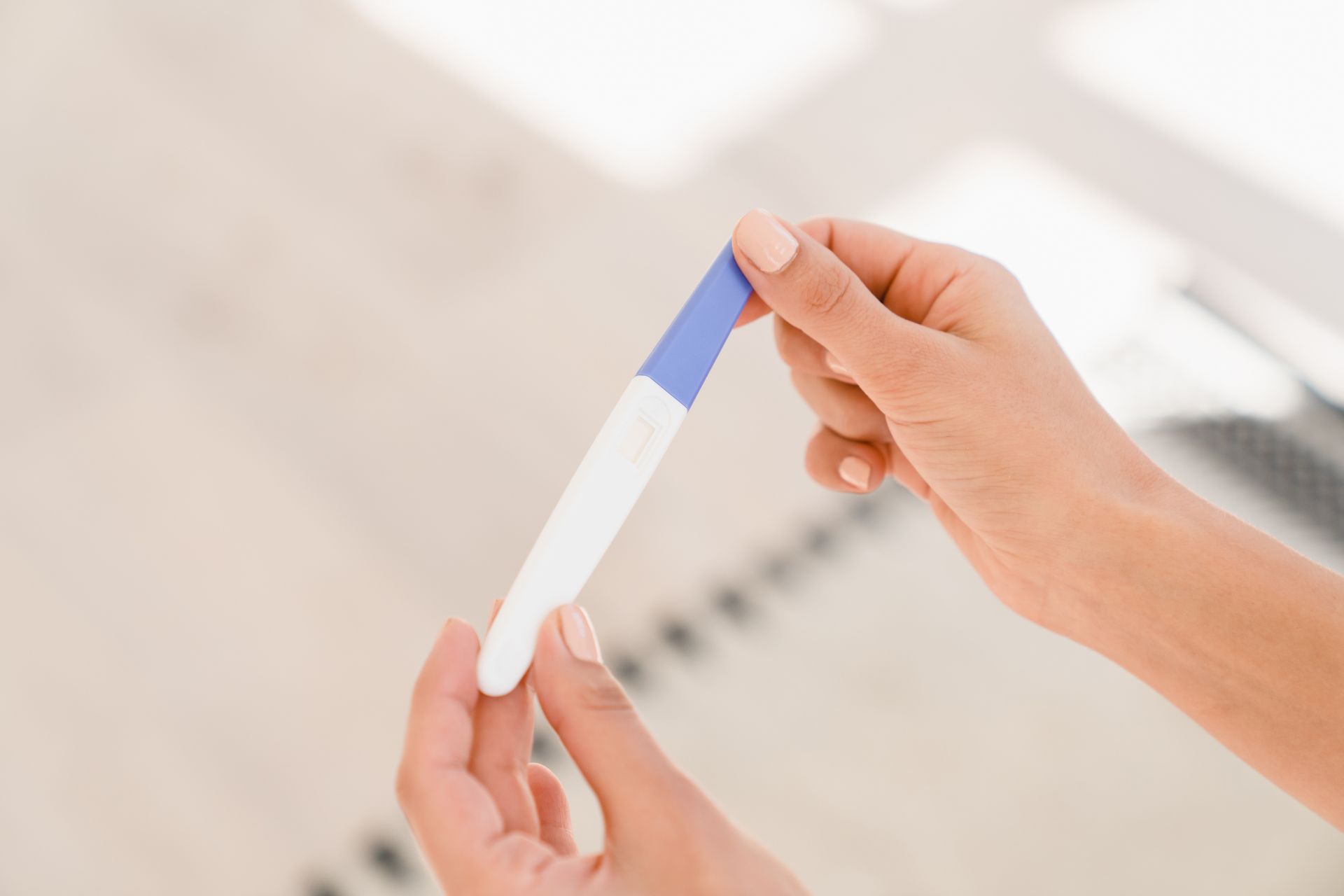Ovulation Calculation: Everything you need to know for an accurate result

Knowing when you are ovulating is essential if you want to get pregnant. This is because after ovulation, conception becomes impossible, while before ovulation, the chances are low.
This happens because the egg survives in a woman’s body for only 24 hours, while sperm usually live for 3–4 days after ejaculation.
Therefore, if you are trying to conceive, calculating your ovulation and fertile days is key to significantly increasing your chances.
But when does ovulation occur and how can you calculate it? In general, there are three ways to estimate ovulation: 1) by counting your cycle days, 2) by monitoring your symptoms, and 3) by using ovulation tests.
Let’s take a closer look at which method is most effective and what the pros and cons of each are.
Counting cycle days: What day is ovulation?

The easiest method is to track your cycle so that you know what’s happening in your body each day. Ovulation typically occurs 14 days before your next period, so if your cycle is regular, you can estimate when that will be.
Advantage: You don’t need to spend anything or do anything except count.
Disadvantage: Every cycle is different. One cycle might be 30 days, the next 27 or 28. So, there is a high risk of missing ovulation.
This method is recommended only for women with a very regular cycle who know exactly when their next period will come and can therefore calculate ovulation 14 days before that.
Monitoring ovulation symptoms

The most common ovulation symptoms include:
- Breast tenderness or pain
- Abdominal or lower back pain, usually on the side of the ovary preparing for ovulation
- Increase in body temperature
- Increased libido
The idea here is to estimate your fertile day by closely observing your body and any symptoms.
Advantage: Zero cost and helps you get to know your body better.
Disadvantage: Not all women experience ovulation symptoms, and not every cycle shows the same signs. You may not notice anything or you might confuse them with something else, and end up missing ovulation.
Using ovulation tests

Ovulation tests work in a very simple way. They detect the surge of LH (luteinizing hormone) that happens 24–36 hours before ovulation. This allows women to know exactly when ovulation is approaching and plan intercourse accordingly to significantly boost the chances of pregnancy.
Advantage: You know precisely when you’re ovulating, without guesswork. This way, you can accurately calculate your fertile window for each cycle.
Disadvantage: You need to begin testing early in your cycle—ideally around day 8—so you don’t miss it. That means you might need to use multiple test strips until you detect ovulation if you want to be certain.
The good news is that Hometest’s ovulation tests are very affordable, since they are available in strip format, allowing you to buy many at a very low price.
Also read: Which ovulation test should I choose?
It’s worth noting that with 100% reliable ovulation tests from Hometest, you can know exactly when you’re ovulating. However, calculating ovulation for a boy or a girl is not possible. That’s because the baby’s sex is determined by the man—depending on whether the sperm that fertilizes the egg carries an X or Y chromosome.
So, while you can schedule your intercourse and increase your chances of conceiving using ovulation tests from Hometest, the gender of the baby is not something you can influence this way.
0 comment(s)